Is this wild onion and how to propagate?
6 years ago
Featured Answer
Sort by:Oldest
Comments (21)
Related Professionals
Barrington Hills Landscape Architects & Landscape Designers · Glen Ellyn Landscape Architects & Landscape Designers · Glendora Landscape Architects & Landscape Designers · Kenmore Landscape Architects & Landscape Designers · Canton Landscape Contractors · Edmond Landscape Contractors · Springfield Landscape Contractors · Ashburn Landscape Contractors · Burlington Landscape Contractors · Damascus Landscape Contractors · Natick Landscape Contractors · New Baltimore Landscape Contractors · North Haven Landscape Contractors · Pleasanton Landscape Contractors · Spring Landscape Contractors- 6 years ago
- 6 years ago
- 6 years ago
- 6 years ago
- 6 years ago
- 6 years agolast modified: 6 years ago
- 6 years ago
- 6 years ago
- 6 years agolast modified: 6 years ago
- 6 years ago
- 6 years ago
- 6 years ago
- 6 years agolast modified: 6 years ago
- 6 years ago
- 6 years ago
- 6 years ago
- 3 years ago
- 3 years agolast modified: 3 years ago
Related Stories
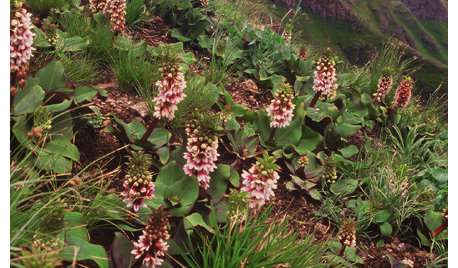
GARDENING GUIDES3 Exotic Flowers From the South African Wild
Add an enticing note to a garden border or patio container with these sophisticated and memorable African plants
Full Story
GARDENING GUIDESGreat Design Plant: Wild Lupine Dresses Up Rocky Gardens
Spiky blue flowers and a high tolerance for poor soil make this plant ideal for tough sites
Full Story
NATIVE PLANTSGreat Native Plant: Grow Wild Quinine for Its Unique Clusters of Blooms
Get connoisseur cred and unique blooms with this uncommon plant. Bonus assets: It’s low maintenance and drought tolerant
Full Story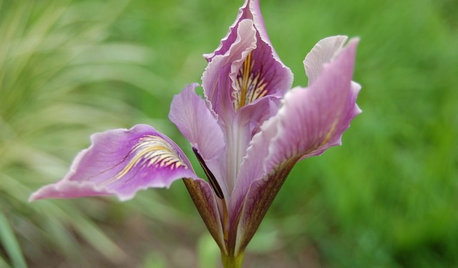
FLOWERSPaint a Garden Delightful With Iris
Charming and colorful, irises propagate easily, are hardy in many soils and climates, and unfold with layers of beauty
Full Story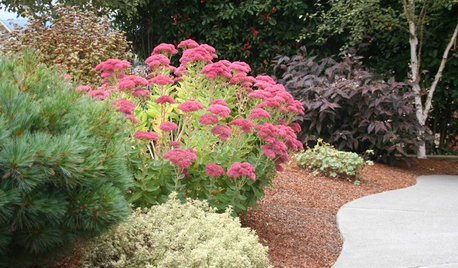
GARDENING GUIDESPacific Northwest Gardener's August Checklist
Deadheading perennials, cutting raspberry canes and preparing for the onion harvest keeps Northwest gardeners busy in August
Full Story
FALL GARDENINGGreat Design Plant: Low-Maintenance Allium Cernuum
Nodding onion is a Mid-Atlantic native bulb with beautiful midsummer blooms
Full Story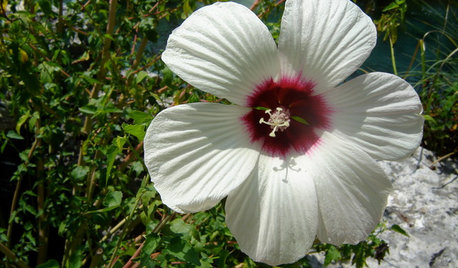
GARDENING GUIDESGreat Design Plant: Hibiscus Moscheutos
Crimsoneyed rosemallow is an ideal flowering perennial for wet sites and is ready to propagate now
Full Story
PRODUCT PICKSGuest Picks: Leopard Prints to Pounce On
Seeing spots is a good thing when they give furniture, rugs, bedding and accessories such wildly beautiful style
Full Story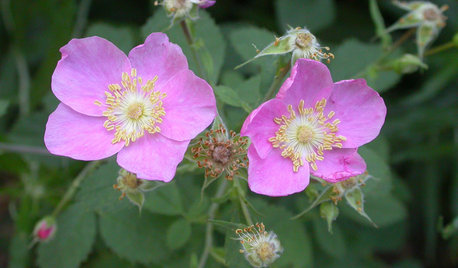
GARDENING GUIDESGreat Design Plant: Rosa Californica
Plant California wild rose for easy care and a touch of romance in your native garden
Full Story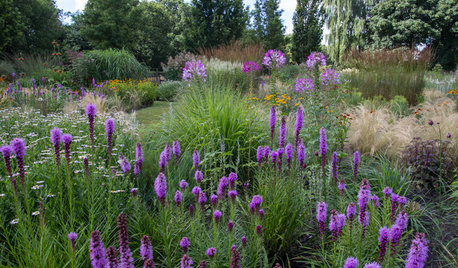
INSPIRING GARDENSGarden Tour: A Dutch Masterpiece Brings Year-Round Enchantment
This gardener uses flowers the way an artist uses paint, and the wild beauty of his canvas gets better with each season
Full Story





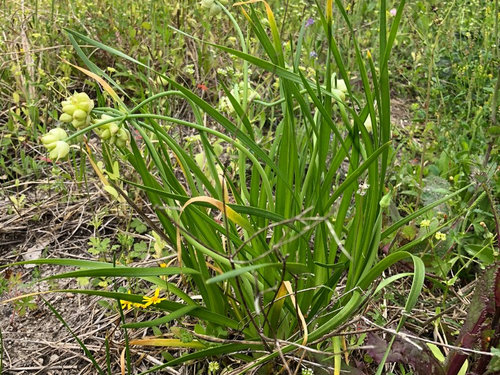

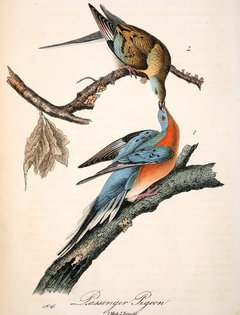
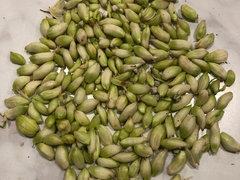
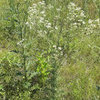
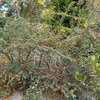


blakrab Centex